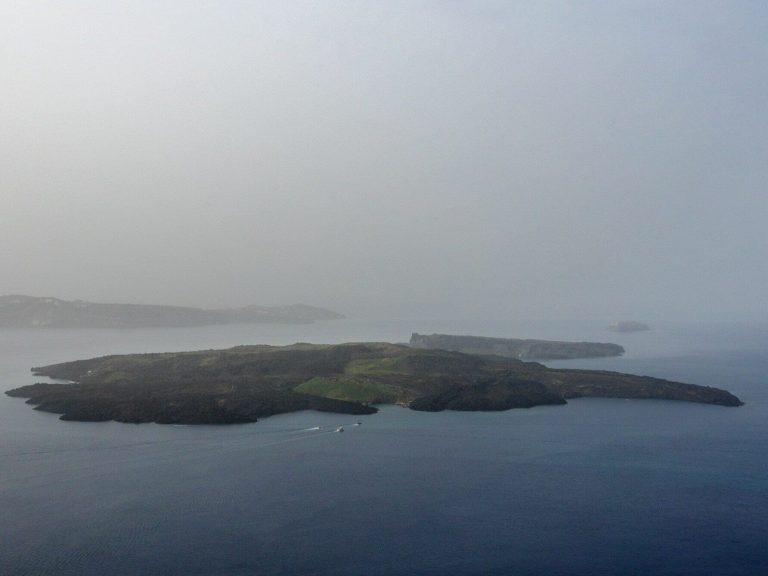Is this where people will live in the future? NASA scientists have discovered an Earth-like planet

NASA scientists have found a planet that could probably be inhabited by humans. It is as much as 40 light years (380 trillion kilometers) away from Earth.
According to the British newspaper “Daily Mail”, citing researchers' findings, it is four times larger than Earth. In theory, there could be water on its surface – necessary for human life.
Gliese 12 b under the supervision of scientists. Does the mysterious planet have an atmosphere?
The mysterious planet has been named Gliese 12 b. Scientists are closely observing it, trying to find out whether the planet has an atmosphere similar to Earth's. Then there could probably be water on its surface – thanks to the atmosphere, which could keep the substance at the right temperature so that it remains a liquid.
It is an exoplanet – which means that Gliese 12 b is located in a planetary system similar to the Solar System, in the center of which there is a star, similar to the yellow dwarf that illuminates the Earth. Scientists considered Gliese 12 b to be the closest planet of similar size to Earth. According to the website focus.de, via the British website Daily Mail Online, an international team of astronomers noticed the planet using the Transiting Exoplanet Survey Satellite space telescope. Now it has been included on the list of planets that will be observed using the James Webb Space Telescope, operated by the US National Aeronautics and Space Administration (NASA).
A total of USD 9.5 billion (approx. PLN 37.4 billion) was allocated for this research. “Gliese 12b is one of the best targets to investigate whether Earth-sized planets orbiting cool stars can retain their atmospheres,” says Shishir Dholakia from the Center for Astrophysics at the University of Southern Queensland in Australia. It's possible that the planet is “habitable,” but researchers must first determine whether it has the same type of atmosphere as Earth, which could give it an average temperature of around 15℃.
Here are the exact parameters of Gliese 12 b. The planet “orbits around an M-type star (a red giant, a star 300 times brighter than the Sun)” – we read on the NASA website. Its mass is 3.87 times the mass of Earth. Its orbital period (the time it takes to orbit the red giant) is 12.8 days.
A second Earth in the solar system?
As we reported at the end of January this year, Japanese scientists in the scientific journal “The Astronomical Journal” determined that there may be a previously undiscovered planet similar to Earth on the outskirts of our solar system.
Researchers looked at the Kuiper Belt, an area of the Solar System that contains, among others, a collection of little-explored celestial bodies located beyond Neptune. They then looked at an object called Sedna. They then noticed that Sedna's orbit, like the orbits of other celestial bodies nearby, indicated the presence of another planet.






